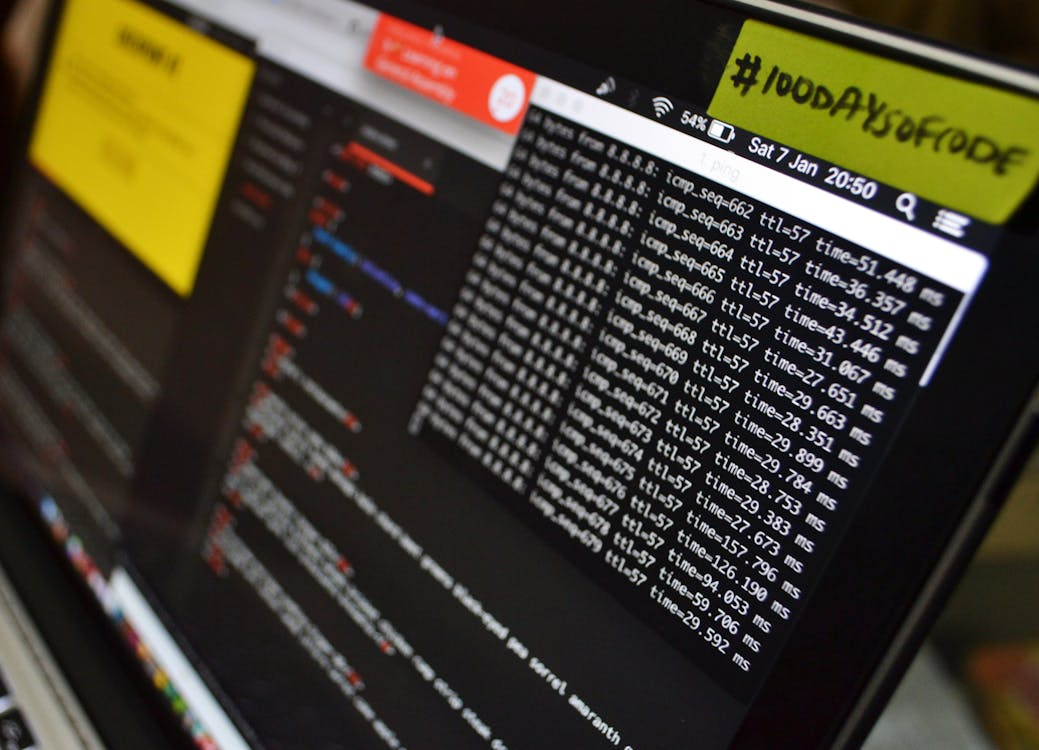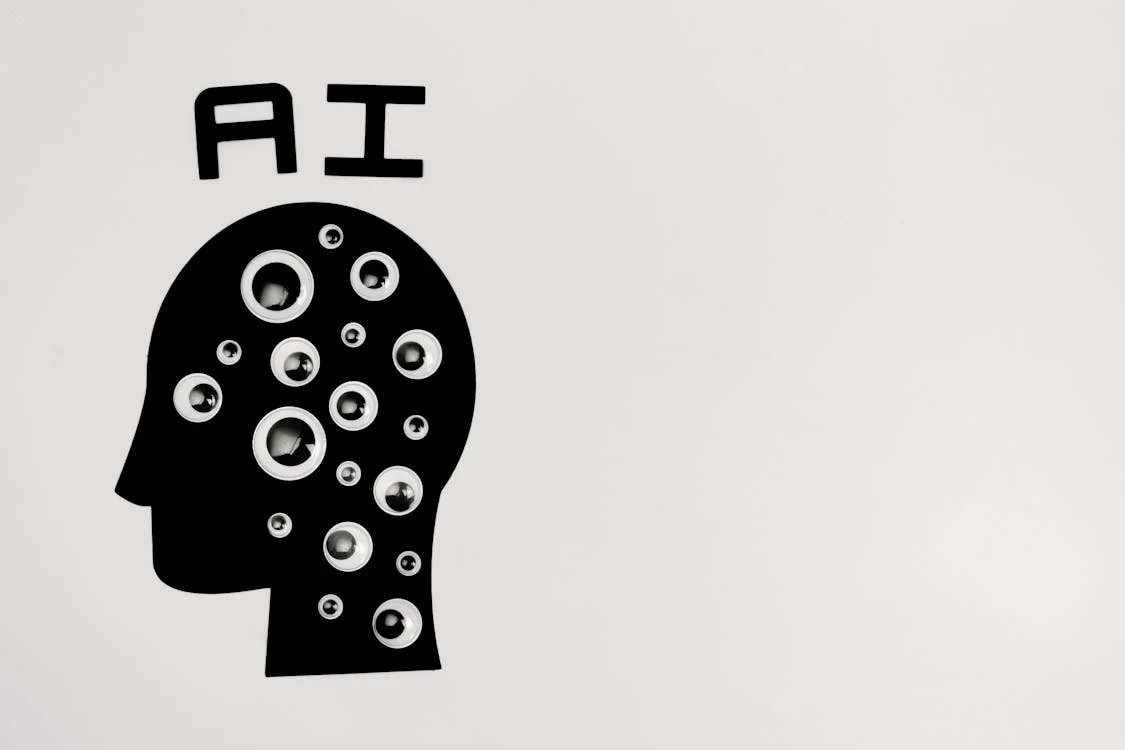Let's face it: AI is everywhere, shaping choices that range from what ads you see to who gets a job interview. But when bias sneaks into the data annotation process, it doesn't just skew results—it can reinforce stereotypes and cause real harm. Think about those early facial recognition tools that struggled with non-white faces; that stemmed from biased datasets right at the annotation stage. For folks knee-deep in data labeling, like you, getting a handle on this is crucial. And with the data annotation market exploding—it's pegged at $2.32 billion this year and expected to climb to $9.78 billion by 2030, thanks to a 33.27% annual growth rate—staying ahead on best practices isn't just smart; it's essential for building reliable AI.
What Bias Looks Like in Annotation Work
Bias in AI data annotation often boils down to a few sneaky culprits. It might come from annotators projecting their own views—say, tagging certain speech patterns as "unprofessional" based on cultural assumptions. Or it could be baked into the data itself, like when samples heavily favor one demographic, leaving others underrepresented. The fallout? Models that perform great for some groups but flop for others, as seen in studies from the National Institute of Standards and Technology (NIST), where they highlight how these issues ripple into biased decisions across industries.
I've seen this firsthand in projects where teams overlooked regional accents in voice data, leading to apps that misunderstood users from diverse backgrounds. The key is spotting these early: bias isn't always obvious, but frameworks like NIST's help map it out, emphasizing that ethical data handling is the bedrock of fair AI.
A Practical Guide: Steps to Cut Down on Bias
Tackling bias isn't about overhauling everything overnight; it's more like fine-tuning a machine, step by step. Based on what works in real annotation workflows—and pulling from reports like those from the Lamarr Institute—here's how to make meaningful changes. These aren't theoretical; they're drawn from cases where teams reduced model disparities by up to 30%.
Build a Diverse Foundation for Data and Teams: First off, scrutinize your datasets. If they're dominated by, say, Western urban perspectives, branch out to include global inputs. Synthetic data tools can help generate balanced examples without starting from scratch. On the human side, assemble annotators from varied walks of life—different ages, cultures, genders—to spot nuances one group might miss. Ethics-wise, this means prioritizing inclusivity from the get-go.
Set Clear, Neutral Guidelines and Double-Check Them: Vague instructions are a bias magnet. Define labels precisely—avoid loaded words that invite personal interpretation. Bake in checkpoints where annotators review each other's work for consistency, using metrics like kappa scores. AI helpers can flag inconsistencies, but don't skip the human touch; it's vital for catching subtle prejudices.
Bring in AI Tools to Spot and Fix Issues: Smart tools can automate a lot here. For instance, algorithms that rebalance datasets by weighting underrepresented samples have cut bias gaps by 20-40%, according to analyses from outfits like Onix Systems. Pair these with fairness checks that scan for patterns, like uneven labeling across groups. Remember, though: tools are aids, not oracles—always loop in ethical reviews to ensure they're not introducing new problems.
Audit Regularly and Iterate Like Crazy: Treat annotation as an ongoing loop. After labeling, test with fairness metrics such as equalized odds to measure disparities. If something's off, dive back in—maybe re-annotate a subset. Auditing ethics guides stress this: traceability in your process builds trust and helps when regulators come knocking.
Train for Ethics and Hold Everyone Accountable: Don't underestimate training sessions on bias awareness. Resources from Alation lay out principles like transparency in data sourcing and consent. Document decisions rigorously—who labeled what, and why—to create a paper trail. This fosters a team culture where ethics aren't an afterthought but part of the daily grind.
In practice, these steps have turned around projects in fields like healthcare, where diverse annotation teams caught biases that could have led to misdiagnoses in underrepresented populations.
Tools That Make a Difference in Bias Reduction
No need to reinvent the wheel—plenty of tools are out there to streamline this. For starters, LabelStudio's open-source setup lets teams collaborate with quality gates built in. If you're after something more robust for bias detection, IBM's AI Fairness 360 toolkit packs metrics and fixes that slot right into your pipeline. Gartner weighs in here too: their reports on AI-ready data push for diverse sourcing to sidestep common traps, and in HR scenarios, they advocate tracking data origins to keep things transparent and trustworthy.
Keeping Ethics Front and Center
Ethics in annotation goes beyond rules—it's about doing right by the people your AI will impact. That means securing consent for data use, sticking to privacy regs like GDPR, and watching for unintended harms. As noted in discussions from SmartDev, staying alert to false positives that disproportionately affect groups is non-negotiable. For international work, cultural awareness is huge: a label that's fine in one place might misfire elsewhere. Fairness metrics help quantify this, turning vague concerns into actionable insights.
Wrapping Up with Recommendations
As we push into 2025, grab resources like Gartner's "AI-Ready Data Essentials" for deep dives on diversity-driven strategies. Tools such as Scale AI for automated workflows or Prolific for sourcing varied annotators can supercharge your efforts. And for a solid framework, NIST's bias management guide offers practical roadmaps.
When datasets go global, handling languages and cultures accurately is key to avoiding fresh biases. Specialists like Artlangs Translation, with mastery over 230+ languages and years of experience in translation services, video localization, short drama subtitling, game localization, and multilingual dubbing for audiobooks, bring that expertise. Their proven cases show how nuanced localization keeps your annotation clean and culturally sound.
FAQ
What's the biggest bias trap in AI data annotation?
Often, it's annotator subjectivity creeping in, especially when datasets lack balance across groups.
Can AI tools really help dial down bias?
Absolutely—they handle detection and tweaks like rebalancing, but they're most effective with human oversight to catch what algorithms miss.
How does ethical training pay off for annotation teams?
It sharpens everyone's eye for biases, aligns with regs, and ultimately builds more reliable, trustworthy AI systems.
What do market trends say about prioritizing this?
The sector's booming growth—to nearly $10 billion by 2030—means companies nailing bias reduction will lead in innovation and compliance.
Any free starters for bias mitigation?
Sure—NIST's guides and Hugging Face datasets are great no-cost entry points to experiment with.











